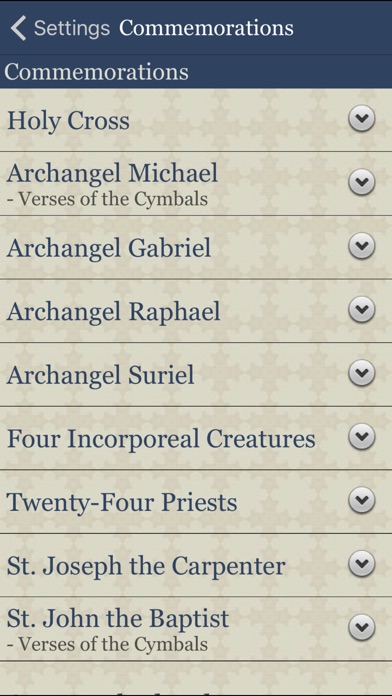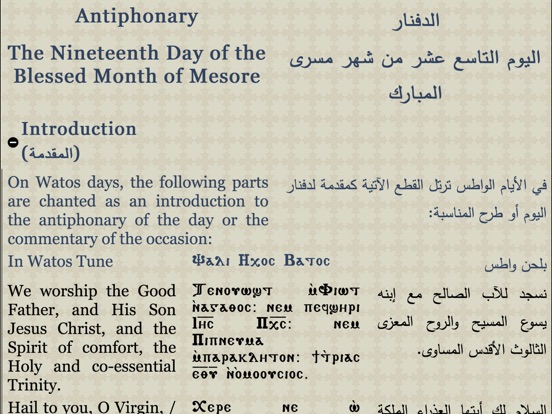

9 Mummification persisted during this era, but the degree of adherence to so-called “classic” mummification, with its emphasis on evisceration, natron-desiccation, aromatic spicing, and elaborate wrapping, may be presumed to have varied widely within and between communities. In Egypt, there was considerable variation in thoroughness of mummification long before Christianity had become something tolerated under Constantine (313 CE) and had been elevated to the state religion under emperor Theodosius (346–395 CE). What can be said is that under an economically stressed, significantly weakened Empire ruled from Byzantium, there was a receding of sumptuous funerary expression. 8 Process-wise, the era is extremely interesting and still not fully understood. 7 Under the tolerance of cosmopolitan Hellenism, traditions that varied from each other in specific ways merged with each other and were folded in again with Egyptian ones in syncretism. 6 The red shroud mummies combine two different systems: the face is a naturalistic Faiyumic portrait, while from the shoulders down, traditional symbols and motifs are arranged in ways reminding us of anthropoid coffins of 675 BCE. The art of the painted linen shroud became similarly subdivided those showing the deceased clothed elegantly in fine linen mantles holding the requisite cup and garland of rosebuds and myrtle, are so-designed as to reduce the image of Osiris to a mere doll, while protective deities and ba-birds are pushed to the sides on others, Osiris or Hathor are still the main event. Thick mud-plaster “cartonnage” mummy cases expressing Hellenistic tunics and togas sculpturally came into production alongside the more traditional masks and flat plaque ensembles of plastered linen. 5 Egyptian abhorrence of foreign practices, referred to by Herodotus ( The Persian Wars Book II, 91) had relaxed enormously. Egypt was by this time part of the broader Mediterranean world and was subject to artistic influences from a wide area Hellenism and the realistic aesthetic of the Faiyum mummy portrait had grown to be popular in the northern part of the country.

Under a wealthy and cosmopolitan Empire eager for novelty, experimentation in funerary expression took off. 3 In view of the complex array of wrapping methods, there is clearly a need to understand Coptic Egyptian wrapping as distinct from other modes associated with late antiquity, such as “red shroud” compositions, produced before CE 180 when the Roman Empire was at its most affluent, and rhombic (diagonal lozenge) “builds” largely datable to before CE 230, after which time the Empire’s fiscal and administrative problems mounted. The notion of a “clean break” associated with new religious sensibilities is misleading and in view of the difficulty in recognizing the practices of “Early Christianity” archaeologically inside Egypt, it will be preferable to discuss wrapping methods at Naga ed-Deir in a stylistic or methodological way, and simply say “Coptic Egyptian” when referring to wrapped bodies prepared under the Byzantine hegemony. In speaking about Christian funerary behavior, there is a tendency to refer to earlier traditions as “pagan” as if there had been a clean break with all ancient rites once monotheism was adopted. 1 To the extent that this properly represents an ongoing ancient Egyptian tradition and not just one current around 440 BCE, what effect would such ideas have on funerary wrapping in the Christian era and at Naga ed-Deir in particular? 2 Furthermore, Herodotus leaves us with the distinct impression that wrapping is as basic as evisceration and embalming to really approaching the “manner” of Osiris and that only by providing a decent wrapping job will one have a shot at practical preservation and ritual conquest of oblivion. Of the three embalming standards Herodotus addresses, only his “most perfect” one includes wrapping as part of the service. However, the Herodotean account of Egyptian embalming ( The Persian Wars Book II, 86) is quoted so often as to almost disguise its own significance. “Bandages of fine linen cloth, smeared over with gum”-how frequent is the refrain and how quintessentially Egyptian.


 0 kommentar(er)
0 kommentar(er)
